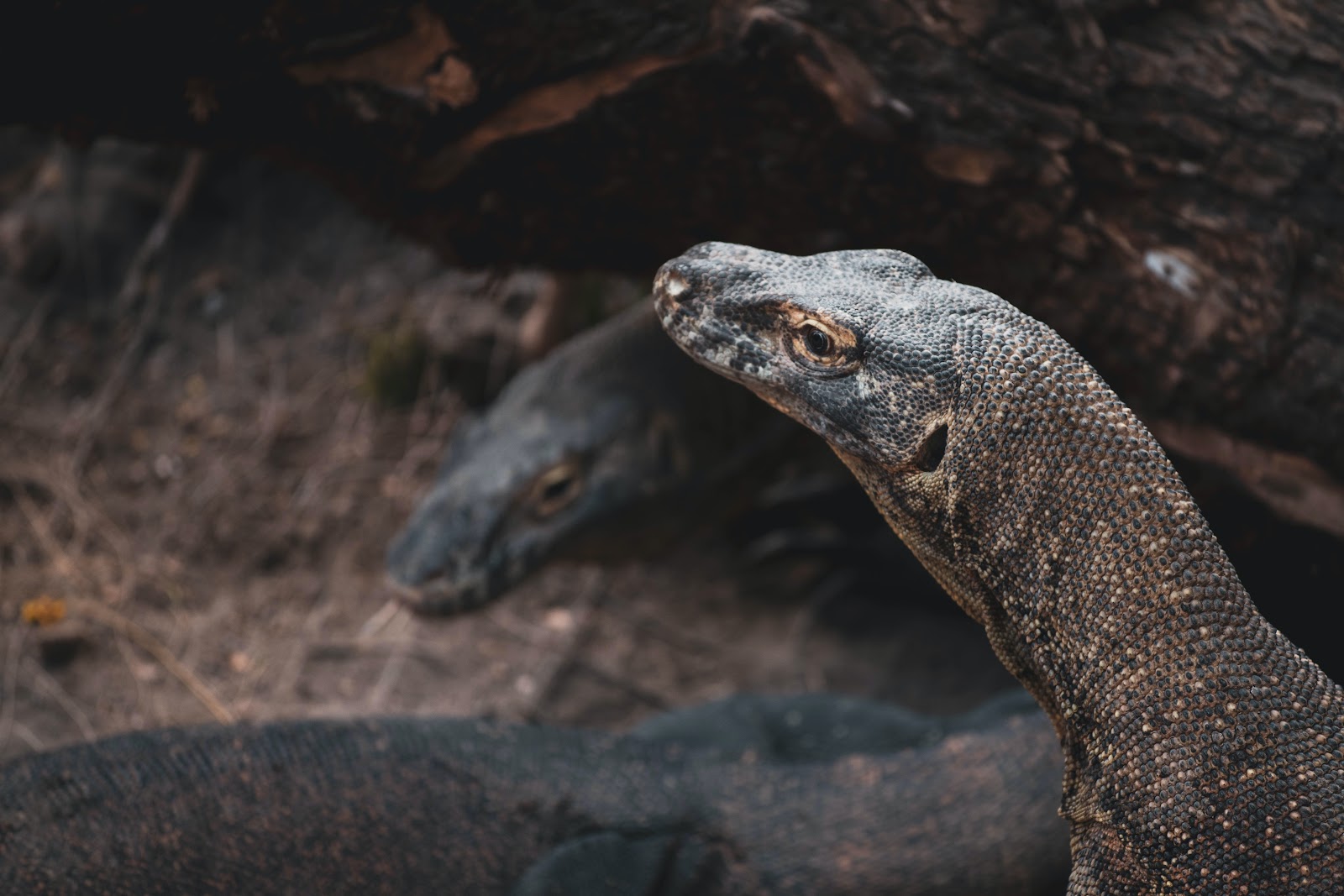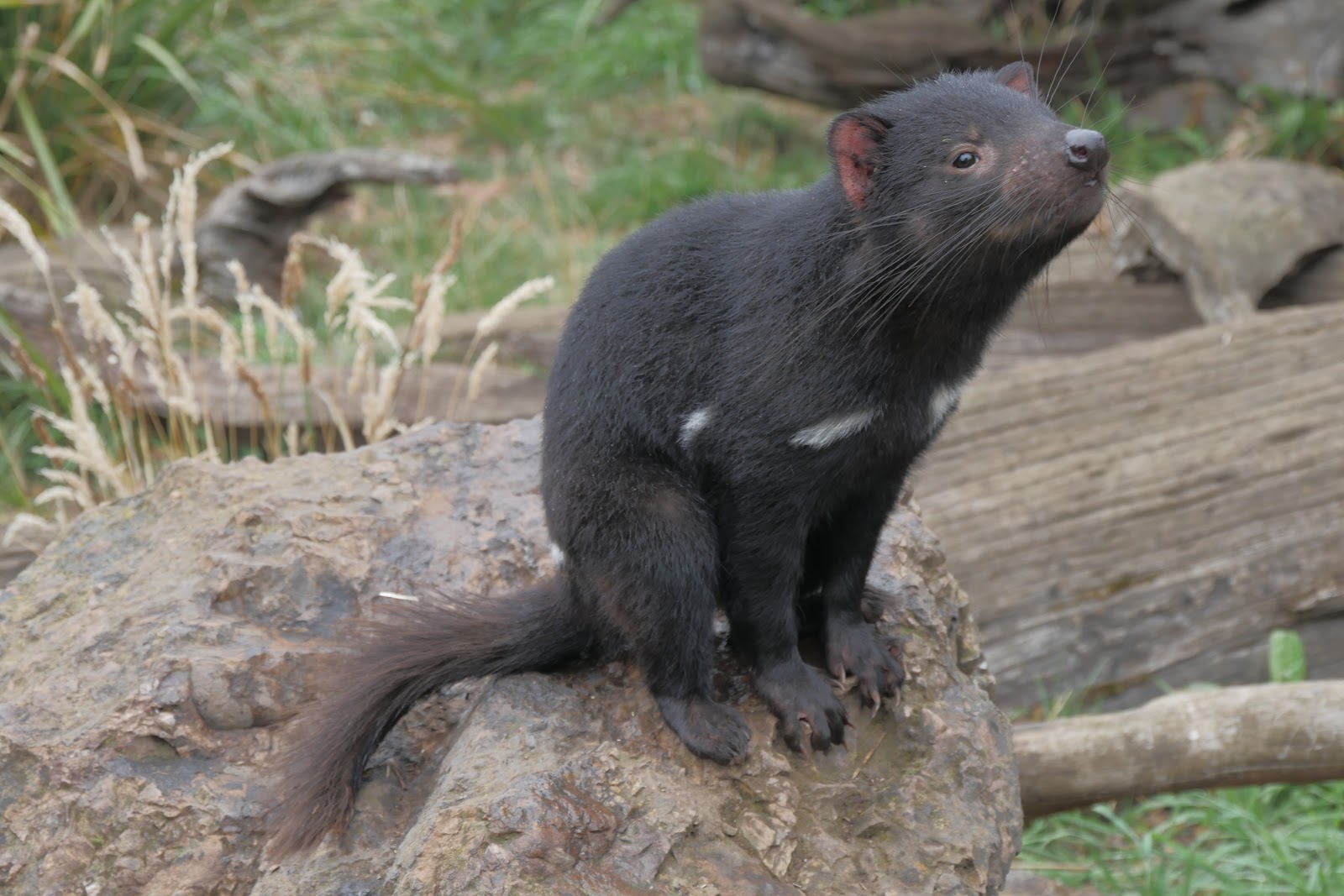top 15 terrible animal in the world
Are you ready to meet the most terrifying creatures on Earth? These animals will make your skin crawl and send shivers down your spine. Here are the top 15 terrible animals in the world that you definitely don't want to mess with!
Box Jellyfish - This creature's venom is so potent that it can kill a human within minutes. Its tentacles can reach up to 10 feet long and it's found in the waters around Australia and the Indo-Pacific.
Saltwater Crocodile - Known as the largest living reptile, this crocodile can grow up to 23 feet in length and weigh more than a ton. It's known to attack humans and has a bite force of 3,700 pounds per square inch.
Cone Snail - Don't let its small size fool you. The cone snail's venom can cause paralysis and death within hours. It's found in warm waters around the world and can be deadly to humans.
African Elephant - While they may seem friendly, African elephants can be deadly if provoked. They're responsible for more human deaths in Africa than any other large animal.
Blue-Ringed Octopus - This small, beautiful octopus is found in the Pacific and Indian Oceans. Its venom can cause paralysis and respiratory failure in humans.
Mosquito - It's not just their annoying buzzing and itchy bites that make them terrible. Mosquitoes can transmit deadly diseases such as malaria, dengue fever, and Zika virus.
Hippopotamus - Known for being aggressive and territorial, hippos can be deadly to humans. They're responsible for more deaths in Africa than any other large mammal.
Pufferfish - While it may seem like a delicacy, the pufferfish's organs contain a toxin that can cause paralysis and death. In Japan, chefs are required to have a special license to prepare this fish.
Komodo Dragon-This giant lizard can grow up to 10 feet long and weigh more than 300 pounds. It's known to attack and kill humans, and its saliva contains deadly bacteria.
Brown Recluse Spider - Found in the United States, this spider's venom can cause tissue damage and in some cases, death. It's known for its violin-shaped markings on its back.
These animals may be terrifying, but they're also a reminder of the incredible diversity of life on our planet. It's important to respect and admire them from a safe distance.
Bullet Ant - This ant has a sting so painful that it's been described as feeling like a bullet. It's found in Central and South America and is known for being one of the most painful stings in the insect kingdom.
Tiger Shark - This shark is known for being aggressive and unpredictable. It's responsible for more shark attacks on humans than any other species of shark.
Poison Dart Frog - These brightly colored frogs are found in Central and South America. Their skin contains a toxic venom that can cause paralysis and death.
Black Mamba - This highly venomous snake is found in Africa and is known for its aggressive behavior. Its venom can cause respiratory failure and death within hours.
Tasmanian Devil - This marsupial is found in Australia and is known for its fierce demeanor and sharp teeth. It's also the only known animal that can contract and transmit a facial cancer to other Tasmanian devils.
These animals may be scary, but they also play important roles in their ecosystems. It's important to appreciate their unique qualities and protect their habitats to ensure their survival.
Greenland Shark - This shark is one of the longest-living vertebrates on the planet, with a lifespan estimated to be between 300 and 500 years.
Bowhead Whale - These whales can live for more than 200 years, making them one of the longest-living mammals on Earth.
Aldabra Giant Tortoise - This tortoise can live for more than 100 years, with some individuals living up to 200 years.
Red Sea Urchin - These sea creatures have a lifespan of up to 200 years, making them one of the longest-living invertebrates on Earth.
Koi Fish - These ornamental fish can live for more than 50 years in the right conditions, with some individuals living up to 100 years.
It's fascinating to think about the different lifespans of animals and the factors that contribute to their longevity. Some animals, like the Greenland Shark and Bowhead Whale, have adapted to survive in harsh environments with limited resources, which may have contributed to their long lifespans.






















Comments
Post a Comment